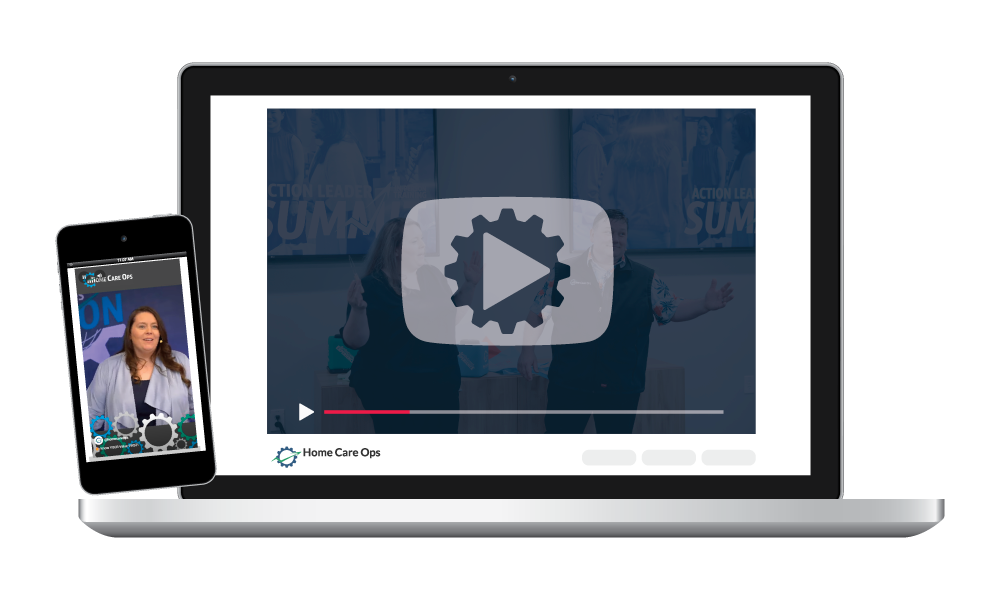Have you ever gone hiking and felt as though your backpack was getting heavier and heavier the further along the trail you went… only to find out someone had been putting rocks in your backpack?
As I read this article from Caretime about Back Billing Claims, I couldn’t help but think about how the effort required to go through the back billing process is like adding more rocks to carry on your back.

BAck Billing Claims: Fact or Fiction?
If you’ve ever found yourself wondering whether you can back-bill for past claims, you’re not alone.
Many agencies find themselves in a situation where they’ve missed claim deadlines or submitted claims incorrectly, only to realize later that they’re not getting paid. Naturally, they start looking for solutions—and that’s when back billing comes up.
So, what’s the real deal? Can claims be back-billed? Let’s set the record straight.
Add Your Heading Text Here
The reality is that, in most cases, back billing simply isn’t a viable option. While some companies may claim they can do it, the success rate is incredibly low. Here’s why:
Timely Filing Limits
Most Managed Care Organizations (MCOs) and payers have strict timely filing deadlines, typically ranging from 6 to 12 months. Additional contract negotiations directly with a payer MAY allow an opportunity to waive timely filing if you have a valid exception reason (not knowing payer guidelines is not a valid reason). This is a one-time allowance typically.
Low Reimbursement Rates
Even if you manage to submit within the timely filing limits, the odds of getting a meaningful reimbursement are slim. On average, back billing attempts result in only 2-5% of the original claim amount being paid out. After factoring in processing fees (which can be 5% or more with some services), agencies often end up with little to no financial gain—or worse, a loss.
System Limitations & Compliance Risks
With most home care agency management systems, they cannot pull billing data from another system. For back billing to even be considered, all billing would have to be manually re-entered into another platform—an extremely time-consuming and error-prone process. Additionally, excessive manual edits can raise red flags with Medicaid, increasing the risk of audits, and even potential loss of certification.












